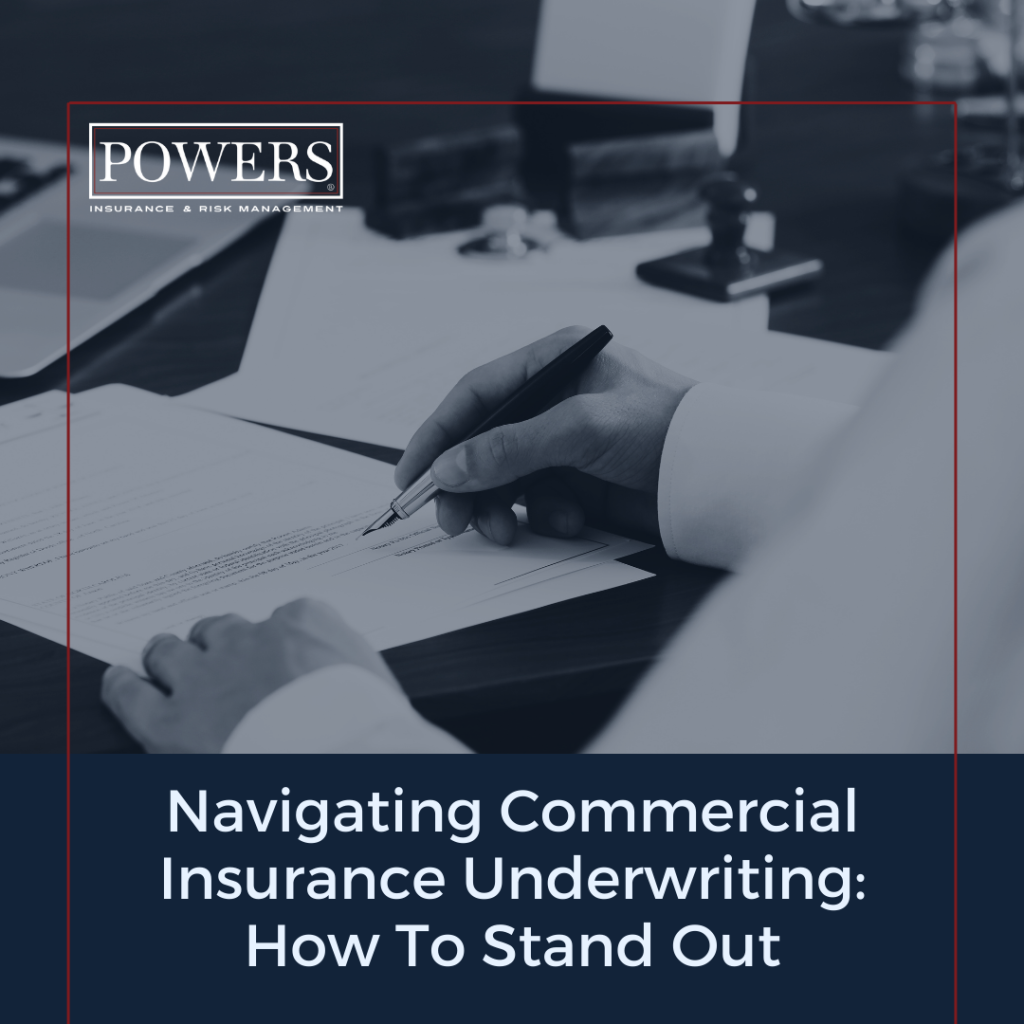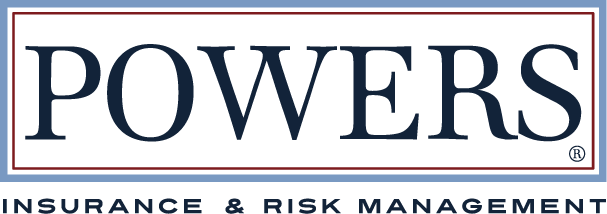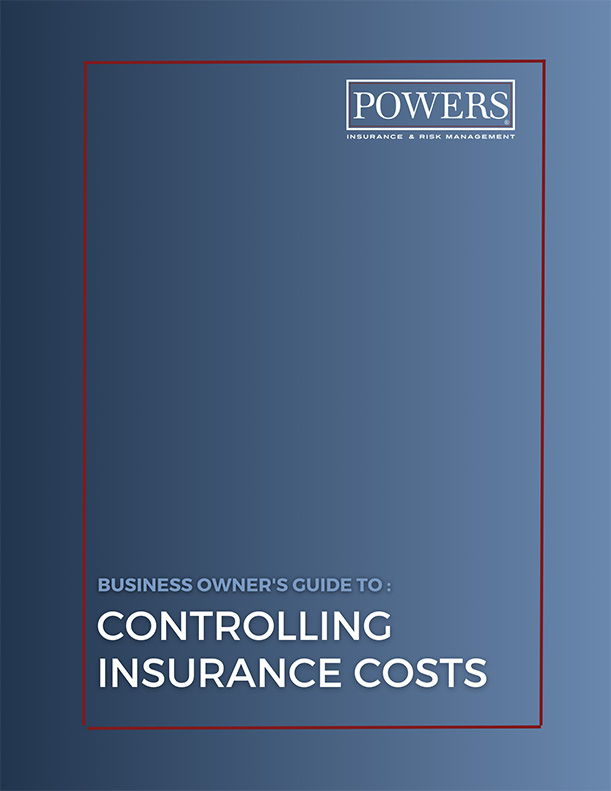To business owners, the commercial insurance underwriting process can seem like a mystical process that happens behind closed doors. But the truth is that most underwriters and business owners share the same goal: to create an accurate picture of the business’s risk.
What happens during the underwriting process, and how can you stand out as a desirable risk to save money on insurance?

Let’s dig in.
How do underwriters assess risk?
An underwriter’s goal is to predict how much it will cost the insurance company to insure your business. Of course, the carrier faces administrative costs like processing payments and servicing accounts – but the costs that move the needle come with claims.
Predictive models
Carriers have developed models to predict how many commercial insurance claims you’ll file and how severe they’re likely to be. These models use a variety of factors that influence or predict future losses, such as:
- The risks associated with your industry
- Loss history, including frequency (how often) and severity (how costly) of claims
- Business size (revenue, payroll, assets)
- Location and property type
- Employee count and turnover
When you submit an insurance application, your agent will help you complete a risk profile. This includes the information the underwriter needs to get an accurate picture of your business’s level of risk.
Additional considerations
The predictive model and factors above are one piece of an insurance underwriter’s risk assessment. They often have leeway to adjust the pricing suggested by underwriting guidelines based on their own expertise.
The underwriter brings a human element to commercial insurance pricing by understanding your business’s story. They consider characteristics that influence your risk profile, but are often left out of standard predictive models, like:
- Active workplace safety program
- Internal exposure analysis process
- Established return-to-work program
- Claims management and managed care procedures
By piecing together these quantitative and qualitative factors, the underwriter assesses your potential risk and determines how much your insurance costs.
The commercial insurance underwriting process: 7 steps to expect
During the commercial insurance underwriting process, the insurance company will assign an underwriter to review the risk profile submitted by your agency. This risk review helps the carrier determine the right premium for your business insurance coverage. In general, you can expect the following steps during the underwriting process:
1. Gathering information
The insurance agency collects all the information discussed in a risk assessment and submits this information to the underwriter for review.
2. Risk profile
Next, the underwriter will analyze the information to evaluate the risk of insuring your business. Depending on the size and complexity of your business, this process can take from a few hours to several weeks.
3. Insurance guidelines
The underwriter uses the insurance provider’s guidelines and their own expertise to determine the acceptability of your business’s risk.
4. Premium calculation
Based on their assessment, the underwriter determines the appropriate insurance premium and applies appropriate credits or debits based on the risk review.
5. Policy terms and conditions
The underwriter defines aggregate limits, deductibles, exclusions, endorsements, and other provisions.
6. Quote approved
If your application is approved, the insurance carrier releases a quote to the agency so the agent can present the offer.
7. Policy issuance
If you choose to bind coverage with the insurance company, they issue the policy and you receive the policy documents from either the company or the insurance broker (or both).
How to differentiate your business and get the best rates
Carriers have a set of standardized underwriting guidelines – but the insurance industry’s not all black and white. Underwriters are experts at what they do, and most processes have flexibility built in for the underwriter to incorporate any nuances with the account’s risk profile into the quote.
As a business owner, this is your opportunity to put your best foot forward. You have a chance to showcase your unique risk profile and demonstrate how you’re actively mitigating risk.
Here are three ways to position yourself for the best possible consideration during underwriting.
Be cooperative and transparent
Throughout the commercial insurance underwriting process, you might be consulted or asked for additional information. It’s important to be transparent and cooperative with your underwriter.
The underwriter’s goal is to get an accurate picture of your business’s risk, so don’t sugarcoat anything. If you provide incorrect or incomplete info, you may not be covered when you need it.
Here are some of the common pieces of information an underwriter might ask for:
- Name
- Company name
- Address
- Phone number
- Website
- Entity type
- Sales numbers
- Payroll
- Square footage of workspace
- Rating information
- Employee types and subcontractor use
If the underwriter has to spend a lot of time going back and forth requesting information, it’s not a good look. Having your information prepared ahead of time shows that you keep organized records and are informed about the underwriting process.
Share your risk mitigation practices
Now’s the time to brag about your workplace safety program and integrated risk management plan. If you can provide evidence that you’re proactive in your approach to risk, and not just an “accident waiting to happen,” it puts you in a favorable position with the underwriter.
Let your insurance agent be your champion
If you don’t want to brag on yourself, let your insurance agent do it for you. An excellent agent can be your champion and make the case for top-tier insurance rates with your carrier.
It’s crucial to work with an independent insurance agent. An independent agent works with many different carriers, while a captive agent works with only one. This key difference means that an independent agent is truly on your side. They’re invested in acting as your champion to get you the most value from your premium.
Save money and protect your business with integrated risk management
When it comes to your commercial insurance costs, things aren’t out of your hands. With the right strategies and advisors, you can develop a plan to control your costs long-term.
We have this conversation with our clients every day. And we’ve developed a proprietary, systematic approach to helping them manage risk to control costs and grow their businesses.
It’s not about finding the cheapest commercial insurance policy. It’s about understanding your business operations and tailoring risk strategies to your goals.
In other words, we’re in this partnership for the long haul.
Find out how our POWERS risk experts can help control your insurance costs with a free 30-minute consultation.





